

Location: City Common, corner of Front and Church Streets, Worcester
Coordinates: 42°15’44.0″N 71°48’00.2″W
Date dedicated: July 15, 1874
Architect/contractor/sculptor: Randolph Rogers, designer and sculptor; James G. Batterson, granite cutting and fabrication; Royal Foundry of Munich, founder; Elbridge, Boyden & Son, construction; Mann, Bigelow & Gosling, construction of base.
Number of names: 398 men who died in the war
On January 1, 1866, newly elected Mayor James B. Blake delivered his inaugural address and made an impassioned appeal to the citizens of Worcester. He reminded them first of the appalling news of Lincoln’s assassination, then called on them to remember other martyrs, their sons and husbands, who volunteered for service. “Let us not leave this duty to others,” he said, “but rather let us to-day give tangible expression to the gratitude we feel, that those who come after us may know we fully realize and appreciate the sacrifice…”[1]
Blake would not live to see the monument completed. The fundraising process, slowed by strident disagreements over cost and location, dragged out for several years. The first design by a New York firm resembled the Arc de Triomphe, carried a daunting price tag of $90,000, and was soundly rejected by popular vote in 1868. In 1871, the monument committee proposed a less costly design and the necessary appropriation of $35,000 was approved (and supplemented by $15,000 in donations).[1]
The successful design came from Randolph Rogers, an American expatriate living in Italy and an accomplished sculptor. In the years prior to his submission to Worcester, Rogers had designed and overseen the construction of the Soldiers’ National Monument in the Gettysburg National Cemetery, the Rhode Island Soldiers’ and Sailors’ Monument in Providence, and the Michigan Soldiers’ and Sailors’ Monument in Detroit–all of which are of colossal proportions. He also sculpted one of the first memorial statues of Abraham Lincoln for the city of Philadelphia.
Rogers returned to his Rome studio to sculpt the five statues–four representing the branches of the military (infantry, cavalry, artillery and navy) and surmounted by a statue of “Victory” or “Nike” wielding a raised sword in one hand and grasping a palm branch in the other. The monument also includes two bas-relief profiles, one of Lincoln and the other of Massachusetts War Governor John A. Andrew. The bronze statues were cast at the Royal Foundry in Munich. The statue originally stood at 66 feet in height. This was shortened by four feet in 1969 when the City Common was regraded and the wide, rough hewn granite base was almost entirely buried. This notwithstanding, it is one of the largest Massachusetts Civil War monuments. At the time of the Worcester monument’s dedication, Boston’s monument had not yet been built and Worcester’s stood as the most impressive such memorial in the Commonwealth.
The monument was thoroughly restored (a tremendous undertaking) in observance of the Civil War Sesquicentennial and rededicated on July 16, 2016. During the ceremonies, John Anderson, historian and former mayor of Worcester urged those in attendance to remember the promises of liberty and justice for which the soldiers fought. “The victory here commemorated is hollow unless we live not only in its spirit, but in actions which flow from that spirit,” he said. “As we rededicate this monument, we need to…rededicate ourselves to the ideals for which they fought…We need to ask if those who served and sacrificed in a noble cause see their work completed…”[2] There is perhaps no better summation as to why these Union monuments are so relevant to our country today. The work advanced by the Civil War remains unfinished.
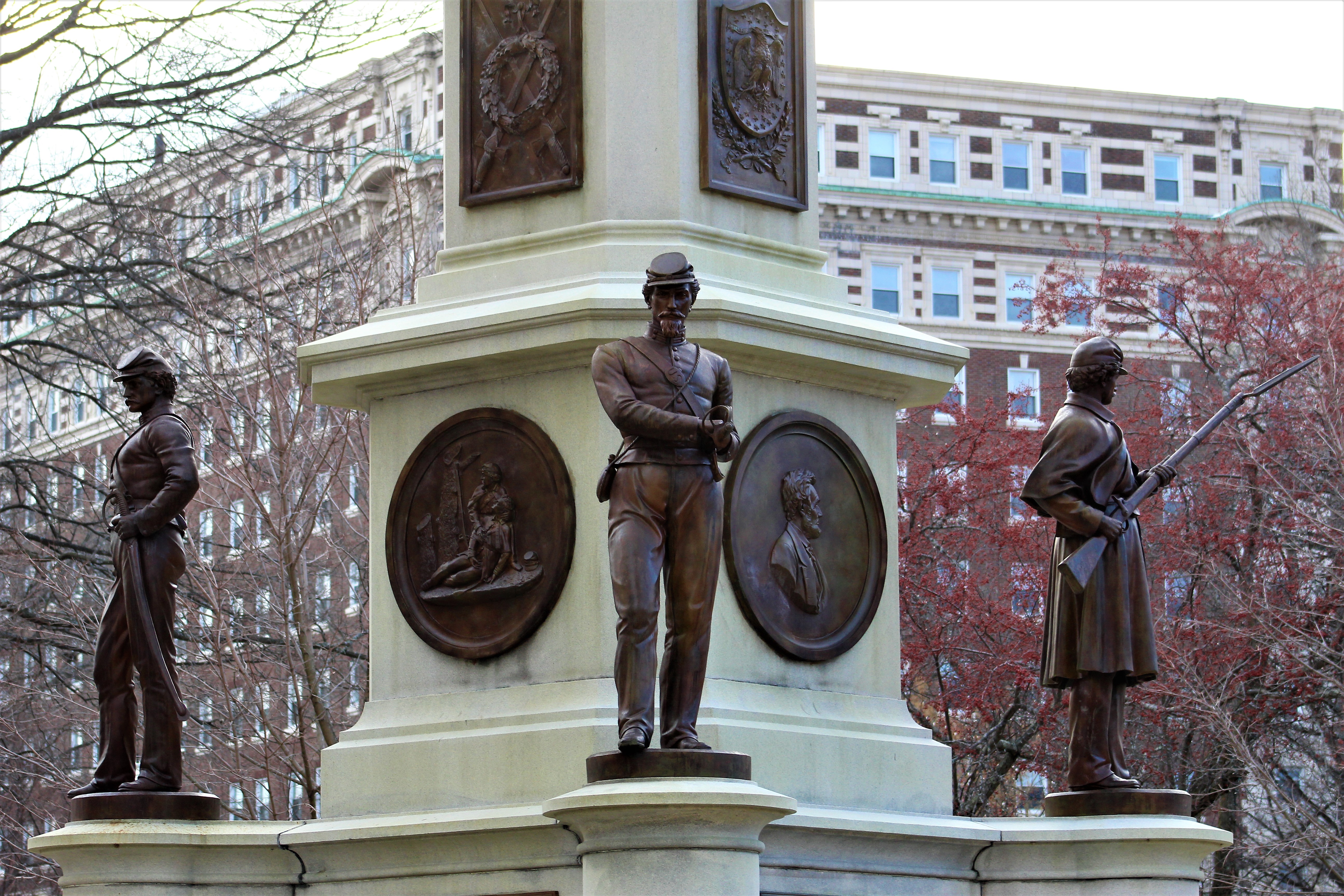



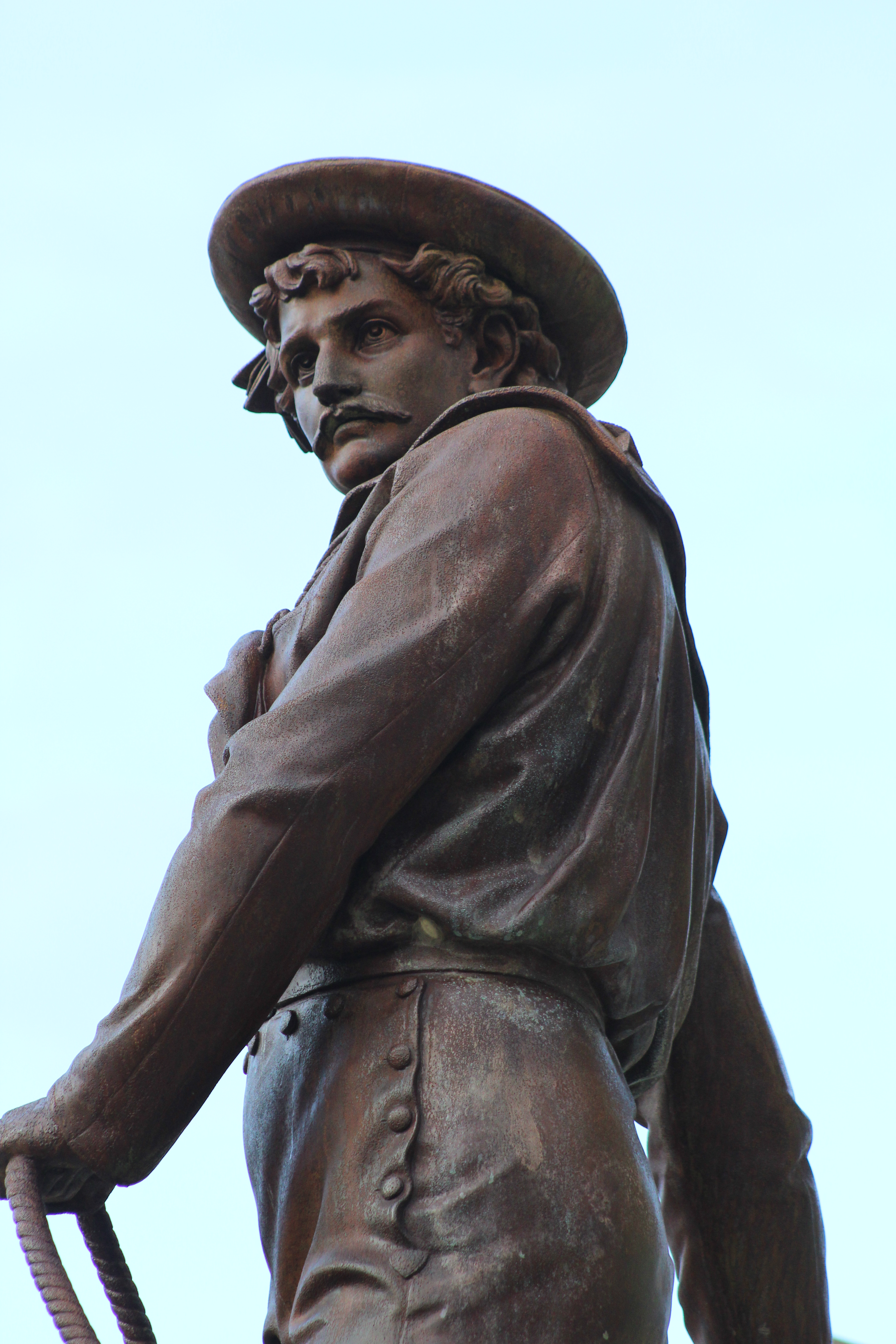
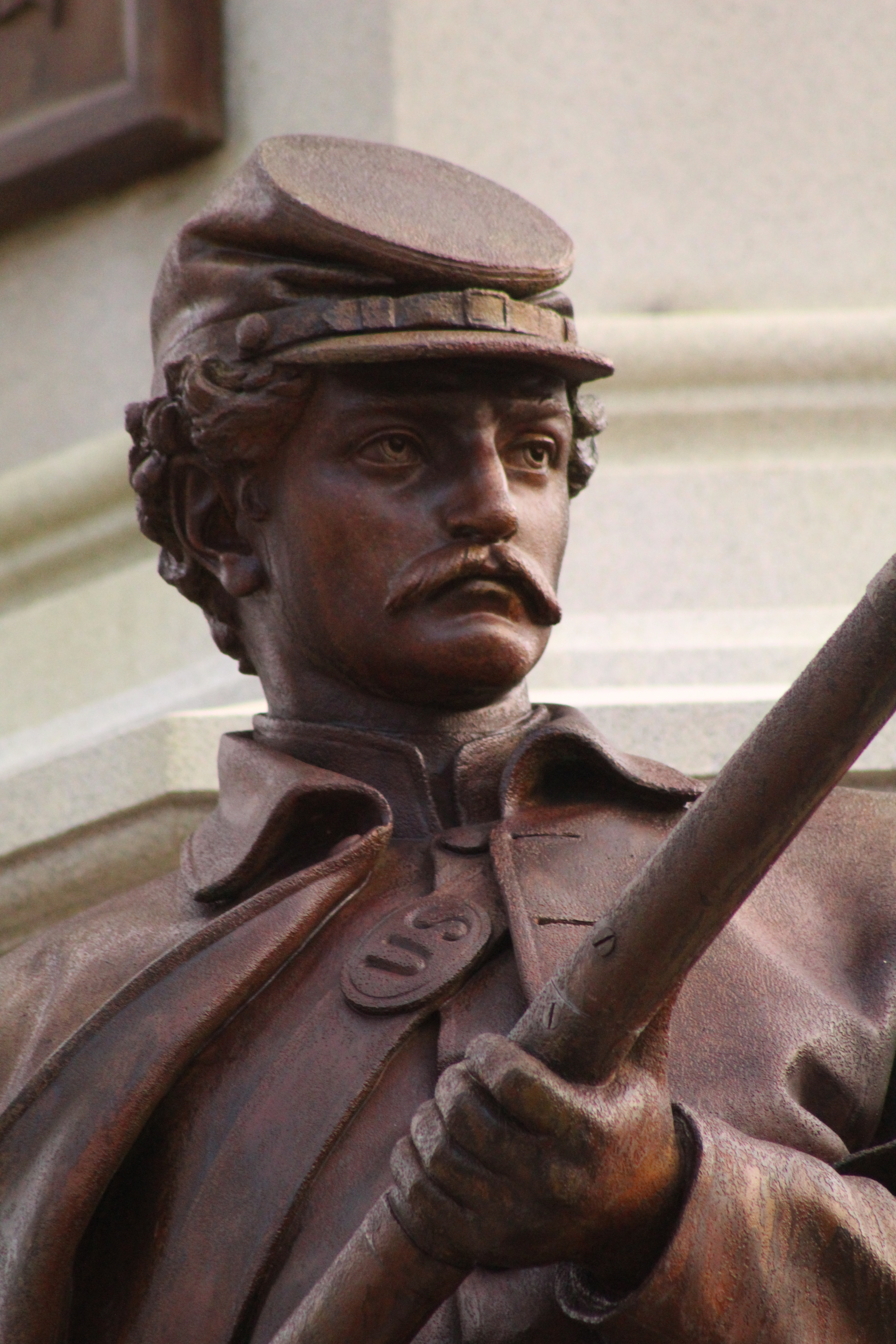

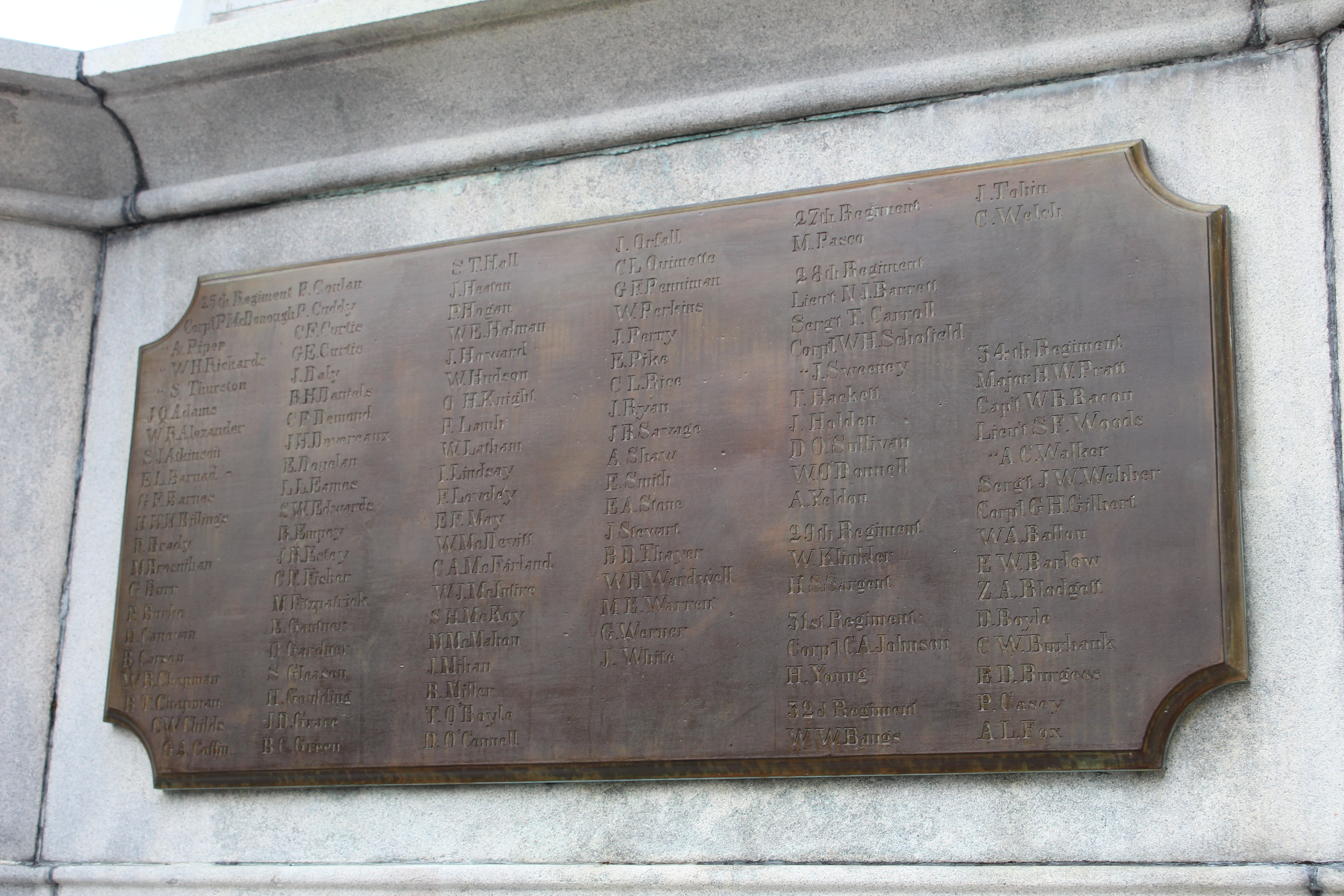

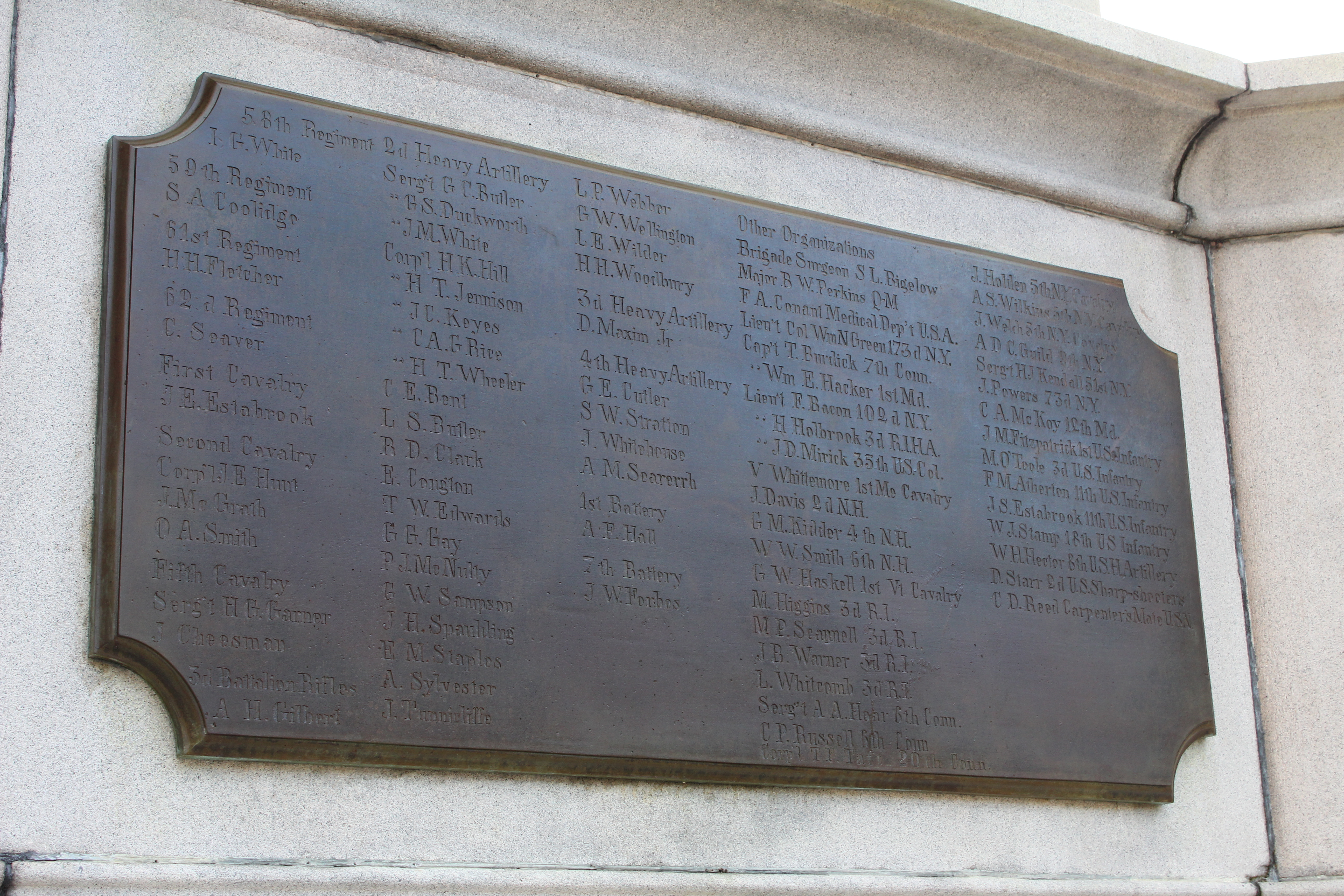



[1] Dedication of the Soldiers’ Monument at Worcester, Massachusetts, (Worcester: Printed by the Monument Committee, 1875), 53-54.
[2] Elaine Thompson, “Worcester salutes service, valor at Civil War Monument rededication,” Worcester Telegram and Gazette, July 17, 2016.